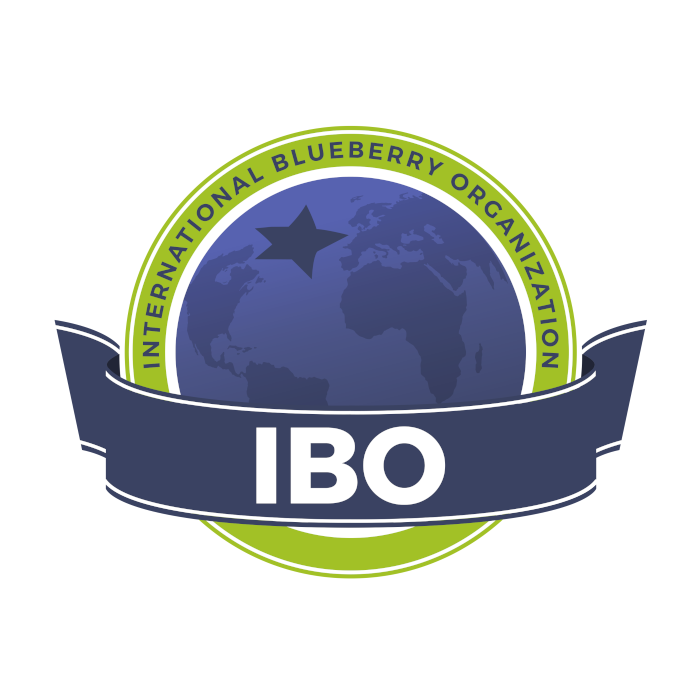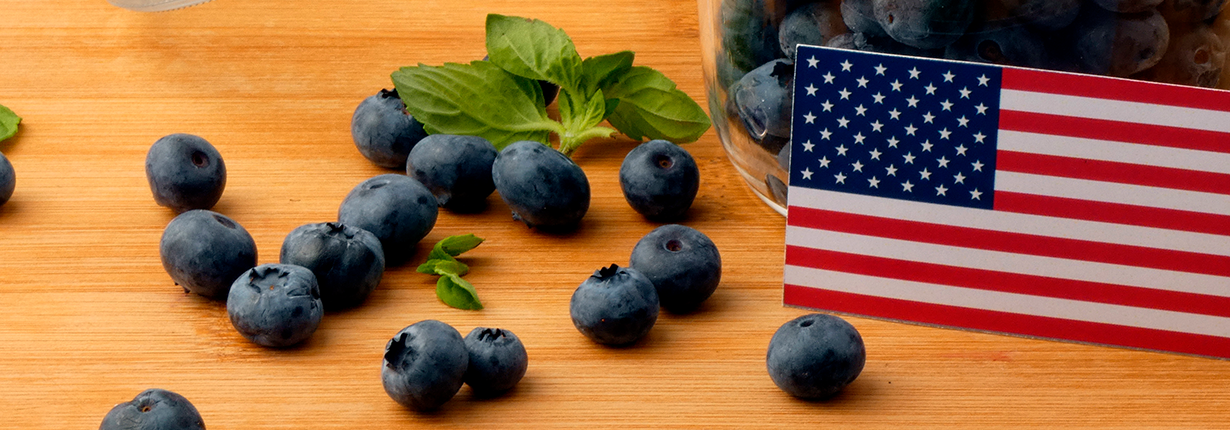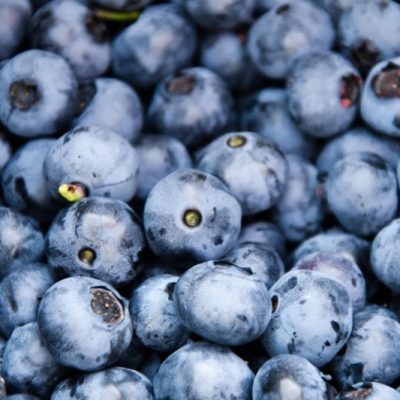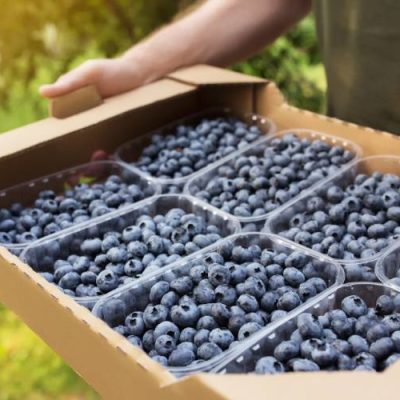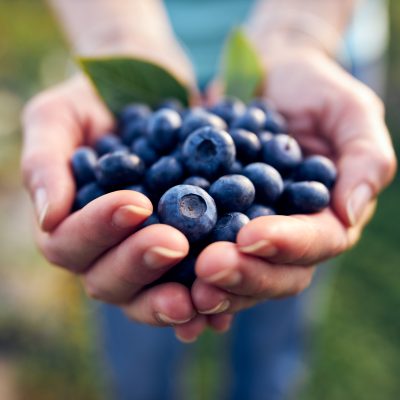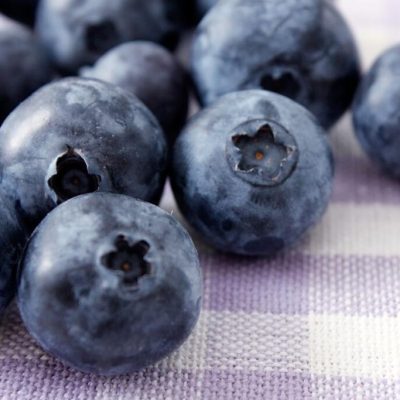“We’ll just raise prices”: Latin American agro industry reacts to U.S. tariffs
- . August 2025
While countries like Brazil face a 50 percent tariff on exports to the U.S., the rest of the Southern Cone faces a scenario some might consider more favorable.
Colombia, Peru, Chile, Argentina, Uruguay, Paraguay, and Suriname were excluded from Annex 1 in President Donald Trump’s executive order, so at the time of writing, they only face a 10 percent reciprocal tariff on their imports. On the other hand, the White House raised the import tariffs on Ecuador to 15 percent.
The current landscape has the regional agro industry with a keen eye on the market’s next steps, as well as any trade deals that could be announced in the upcoming days.
Latin America talks tariffs
Peru
Gabriel Amaro, president of Peru’s Association of Agricultural Producing Unions, said the Andean country is not on the latest list for updated tariffs, so they assume they’ll keep the 10 percent tariff.
Ecuador
Richard Salazar, executive director of the Association of Banana Commerce and Exports, said the local sector is surprised by the decision: “We understand it’s part of a strategy from the U.S. to pressure countries into favorable agreements for everyone.”
Ecuador faces a differentiated tariff of 15 percent, which Salazar says complicates things even more and negatively impacts competition within the sector.
“This, without a doubt, creates uncertainty, but we also understand they’re negotiating and we need to wait,” he said.
Dragon fruit producer and exporter Ramón Martínez, manager at La Hacienda Laia Margarita, said that, in the end, the White House’s decision impacts the American consumer, “because instead of buying $5 dragon fruit, they’ll have to buy it for $6.25.”
“We’re not going to lose that money—we’ll just raise prices,” he added.
Martínez’ company annually exports around 200,000 kilograms of dragon fruit into the U.S. by sea, and 60,000 kilograms by air. For him, the European Union sometimes appears more attractive for his products, as most Ecuadorian exports can cross the Atlantic without incurring any tariffs.
Argentina
Jorge Pazos, secretary of Argentina’s Blueberry Committee and president of Buenos Aires’ Blueberry Producers Chamber, says that, at least in the beginning, blueberries won’t be affected.
“It’s not clear whether Argentinian blueberries will keep the 10 percent tariff. But there’s no doubt this decision will have a negative impact, because it results in less profitability,” he says.
José Carbonell, president of the Argentinian Citrus Federation, agrees with other industry actors and says that tariffs mean an additional cost for the consumer in the importing country, but also an extra cost for the exporter.
“Argentina is exporting fresh lemons, and the United States is our biggest buyer of lemon oil and juice,” says Carbonell.
Chile
The president of Chile’s National Society of Agriculture, Antonio Walker, stated that they’re not satisfied with the 10 percent tariff the U.S. is imposing on Chilean goods, emphasizing the importance of respecting free trade treaties and ensuring equal rules for international commerce.
“American products come into Chile without any tariffs, and that must be a condition for our exports as well,” he says.
Walker added that trade decisions made unilaterally by the U.S. create uncertainty in the international markets: “This is why it’s important that we keep on negotiating to reach a 0 percent tariff for Chilean agricultural products.”
Carlos Cruzat, president of Chile’s Kiwi Committee, said the tariff makes it “more expensive for [Americans] to receive fruit, so if we have alternative markets, we’re going to look for distribution.”
He added that the consumer will be the most affected, as they’ll have to opt for a more expensive product.
For Isidora Ramírez, market manager at Copefrut, the situation with tariffs is still very volatile and can change at any minute. “Argentina and Chile have a 10 percent tariff, and New Zealand went up to 15 percent last week, but they’re trying to strike a deal.”
She added that the U.S. will continue to import fruit from Chile and the rest of the world. “When it comes to apples, the market will surely focus on varieties with higher demand and prices. It’ll depend a lot on the volumes per variety and caliber in the domestic market”, Ramírez says.
In the same vein, she emphasized that quality will be critical in avoiding higher costs stemming from rejections or repackaging at the destination port.
Colombia
The country is the fourth-largest banana supplier to the U.S., a market where it enjoys a competitive advantage, given that Guatemala—its main competitor—also faces a 10 percent tariff. Ecuador and Costa Rica will pay 15 percent.
According to a report from Colombia’s National Association of International Trade, in the case of fruits like avocados and citrus, Colombia is still at a disadvantage to Mexico, which is exempt from paying tariffs for almost three months.
“These changes are dynamic, as the U.S. is still negotiating with different countries,” says the report.
From the blueberry side, Agroventure Capital’s general manager, Miller Preciado, said the sector’s objective should be to “improve competition and focus on managing production costs in the best way possible.”
He added that it’s critical for Colombia to diversify markets: “We cannot keep looking at the American market as the only source of negotiations, even if it’s still our leading trade partner. This is the long-term plan to lower tariff pressure.”
08-06-2025
Source: Freshfruitportal.com
